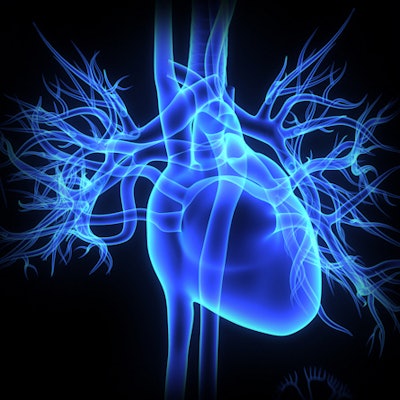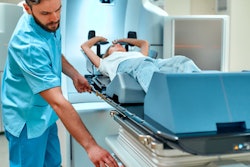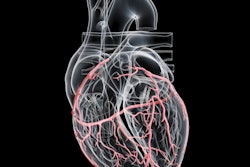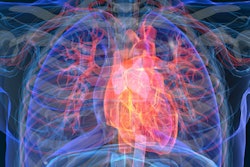
Coronary CT angiography (CCTA) exams and coronary artery calcium (CAC) scoring scans are used to assess a person's heart health. But whether patients should undergo either of these exams remains under debate, according to two letters published June 7 in JAMA Internal Medicine.
In March, Dr. Michael Incze of the University of Utah in Salt Lake City published a patient page in the journal that outlined the benefits and harms of CCTA and CAC, noting that a CCTA exam can illuminate any blockages from plaque in coronary arteries but also cautioning that this plaque can occur in "many healthy people who will never have a heart attack" and thus the exam may increase patients' worry and lead to unnecessary future testing and radiation exposure. He lobbied for the use of cardiac stress testing and risk calculators like the Framingham risk score rather than coronary CT.
"Neither test can identify specific ways to lower the chance of having a heart attack," Incze wrote. "Neither test is a proven tool for estimating the risk of heart attack. There is no high-quality evidence to support routine use of coronary CT scans."
The resource was published in the context of conflicting positions on the use of coronary CT for assessing heart health. In 2018, the U.S. Preventive Services Task Force (USPSTF) gave CAC an "insufficient" grade as a method for estimating heart disease risk. But last fall, the Society of Cardiovascular Computed Tomography (SCCT) and the North American Society of Cardiovascular Imaging (NASCI) published an updated recommendation encouraging the use of CCTA for assessing atherosclerotic plaque.
Incze's patient page prompted a reaction from a team led by Dr. Philip Greenland of Northwestern University in Chicago. In a letter published June 7, the group interpreted the USPSTF's recommendation much differently than Incze.
"As stated by the USPSTF, 'adding a CAC score to existing cardiovascular disease risk assessment models ... may improve calibration, discrimination, and reclassification,' " Greenland and colleagues noted. "Therefore, [Incze's] statement that 'Established risk calculators are more effective as estimating the risk of heart attack' is incorrect."
In a reply -- also published June 7 -- Incze wrote that, although the USPSTF states that CAC scoring may improve heart health assessment, it shouldn't be used as a standalone tool.
"[We] do not interpret [the USPSTF's] conclusions to mean that CAC scoring as a standalone test is as accurate as traditional risk estimators," he wrote. "In an environment where CAC scans are marketed directly and indiscriminately to consumers regardless of atherosclerotic cardiovascular disease risk, we believe it is important for patients to understand that traditional assessment tools remain the preferred approach to estimating cardiovascular risk."
Greenland's team also took issue with Incze's assertion that the radiation exposure from coronary CT exams is "relatively high," writing that, according to the USPSTF, radiation exposure from a CAC scan is similar to that of a mammogram, between 0.4 mSv and 2.1 mSv.
In response to this critique, Incze stated that his patient page information was based on data from the American College of Radiology, which estimates "exposure of 1.7 mSv for a CAC scan -- 17 times higher than ... a two-view chest radiograph and 4.5 times higher than that from a mammogram" and estimates radiation exposure from CCTA at 8.7 mSv.
"Given little evidence of benefit and the potential harms outlined in the patient page and the USPSTF statement, we believe that patients should be presented with a realistic view of what they can expect from pursuing a coronary CT scan," he concluded.





















